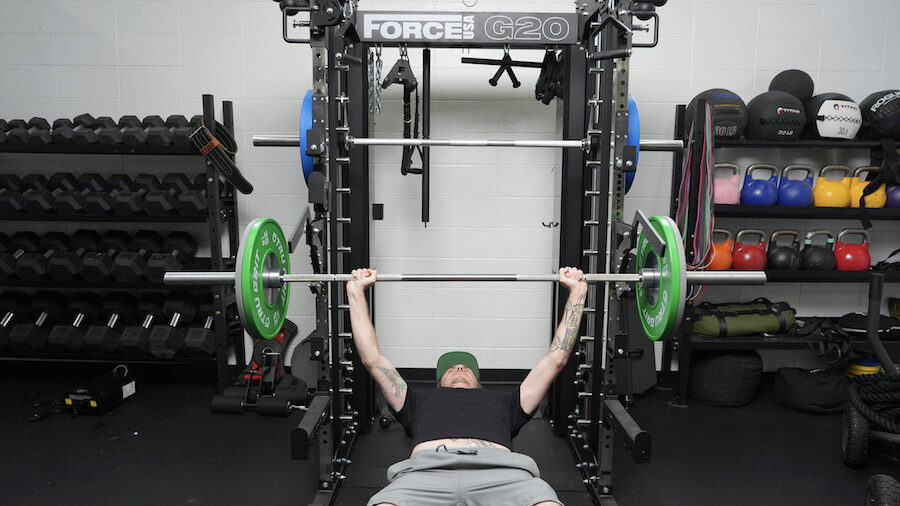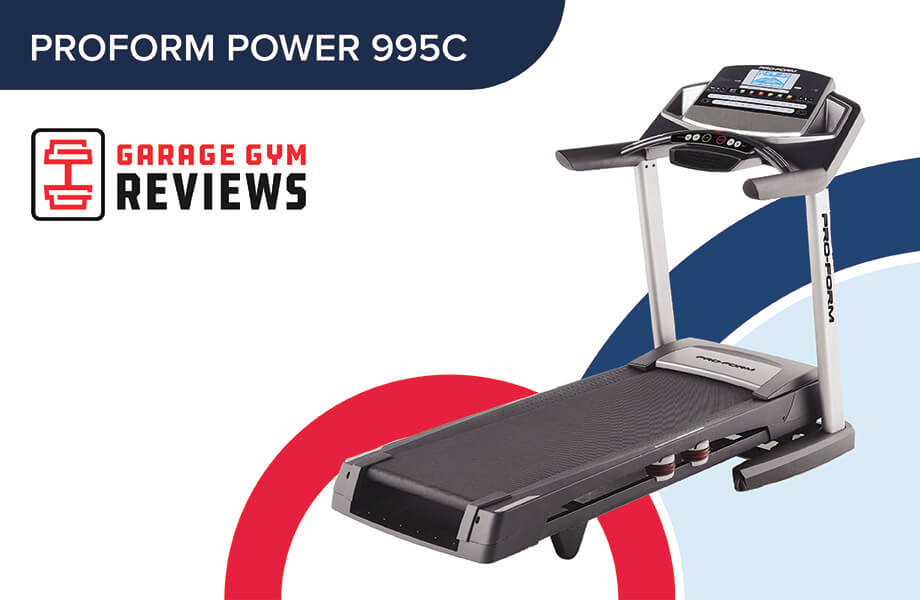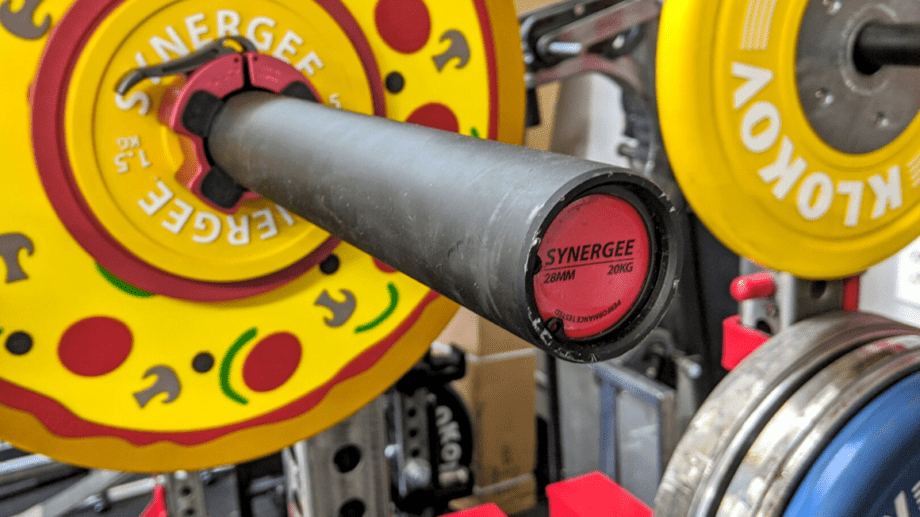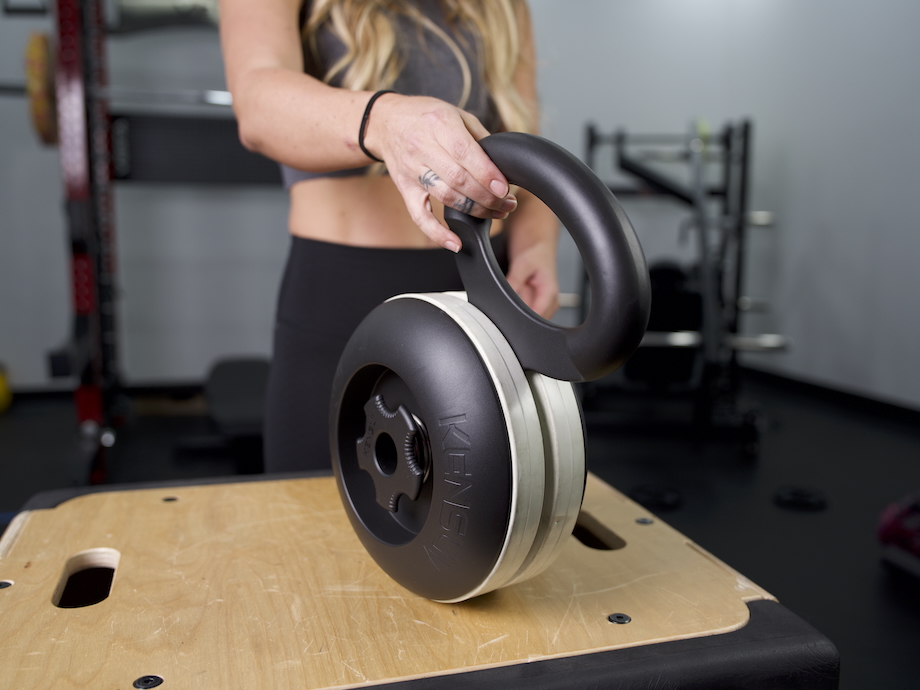The wall sit exercise sounds like an oxymoron. Sit and exercise seem like two words that don’t go together to form a powerful workout, and even if they did, how hard could it be? You’ll soon realize that the wall sit becomes a mental (and physical) battle between you and your stopwatch.
The wall sit exercise becomes difficult because your body weight is being held in the squat position, mainly using your lower body muscles. When you begin this exercise, you might think it’s super easy; and you got this, but wait. After 15 seconds or so, you’ll start to feel the burn and then realize the effectiveness of this simple but deceptive exercise.
RELATED: Build Muscle With This Trainer-Made Bodyweight Leg Workout
When you want to add something new to your lower-body exercise routine to build strength in your leg muscles, look no further than the wall sit exercise. It could be the best squat variation for leg strength that you’re not doing.
After 15 seconds or so, you’ll start to feel the burn and then realize the effectiveness of this simple but deceptive exercise.
How To Do the Wall Sit Exercise
Note: If you’re having trouble getting your spine into a neutral position for the wall sit, performing the exercise with a stability ball is a good regression.
Here is how to do the wall sit exercise with proper form.
- Lean up against a wall and ensure the back of your head and upper and lower back are firmly against the wall.
- Slide down the wall with your spine in neutral until your quads are parallel to the floor.
- Adjust your feet so that they are shoulder-width apart and your ankles and underneath your knees and thighs form a 90-degree angle.
- Hold for the desired amount of time and then slide up the wall to the starting position.
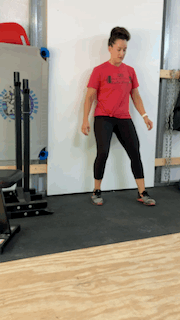
Trainer Tips for Proper Form
The wall sit isometric exercise is not a complex or technical exercise like lunges, deadlifts, or squats, but there are a few things to watch out for to ensure proper form. Here are a few certified personal trainer tips to help you feel the burn.
Maintain Three Points Of Contact
You must maintain three contact points against the wall to get the most out of this exercise. They are the back of your head, upper back, and lower back. Ensuring this places the load on the quads and thigh muscles and keeps the spine in neutral where it needs to be.
Keep Your Knees At 90 Degrees
Although the glutes, adductors and hamstrings are trained somewhat during this exercise, the wall sit is mainly a quad exercise. Holding the knees at a 90-degree angle ensures maximum tension on your quadriceps and inner thighs.
RELATED: Best Quad Exercises
Keep Your Joints Stacked
When you follow the previous two tips, your upper body will be neutral against the wall, and your knees will be underneath your ankles. Doing so places activation on the working muscle groups more effectively without an excessive load on your joints.
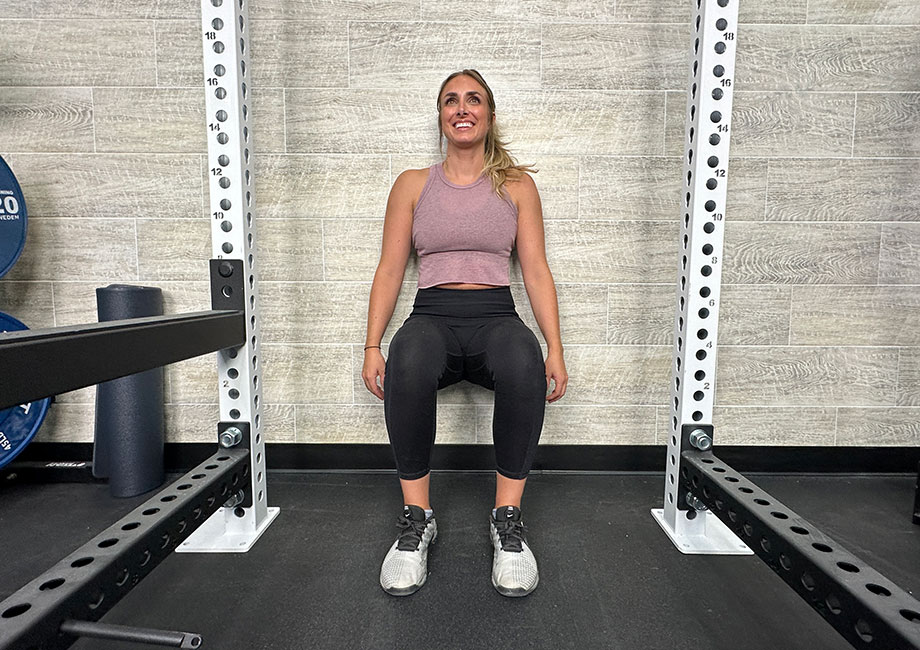
Wall Sit Exercise Benefits
Let’s start with the most apparent benefit. The wall sit is an exercise that is performed from beginner to advanced lifters and is simple to do. Notice that I didn’t say “performed easily” because the mental and physical battle begins when you hold this exercise for 30 seconds or more.
No Equipment Needed
Many resistance training exercises require equipment but not the wall sit. All you need is clear wall space and a willingness and determination to build your leg strength.
Easily Progressed
Once you can hold the wall sit for a minute or more, you can progress the wall sit exercise to assist you in burning fat and building muscle. Add a load with a medicine ball, the best dumbbells, a kettlebell, or a weight plate. Or reduce your stability by taking one leg off the ground or add movements like a shoulder press, bicep curl, or a lateral raise.
RELATED: Medicine Ball Workouts
Builds Mental Toughness
Your ability to soldier on and not give up in the face of discomfort will help build your mental toughness. Every time you suck it up and improve here, you will only increase your ability to withstand pain.
Lower Back Saver
Many squat variations put a compressive load on your spine and joints. This is good because your joints need to strengthen to keep your bones healthy. But the wall sit is a godsend when experiencing joint pain, especially the lower back. Dr. Allan Bacon of Maui Athletics explains, “The wall sit is a good substitute for squat exercises during the early stages of back pain and patellar tendinopathy rehab because it allows you to challenge the soft tissue without the loading that could cause further damage.”
Wall Sit Exercise Variations
When you can hold your wall sit for a minute or more, you are ready for the progressions below.
Single-Leg Wall Sit
Why do it: Like most unilateral exercises, the single-leg wall sit will reduce strength imbalances between sides and improve your balance and core stability.
How to do it:
- Lean up against a wall and ensure the back of your head and upper and lower back are touching the wall.
- Slide down the wall with your spine in neutral until your quads are parallel to the floor.
- Adjust your feet and knees until they form a 90-degree angle.
- Pick up your left foot and straighten your left leg.
- Hold for the desired time and then repeat on the opposite side.
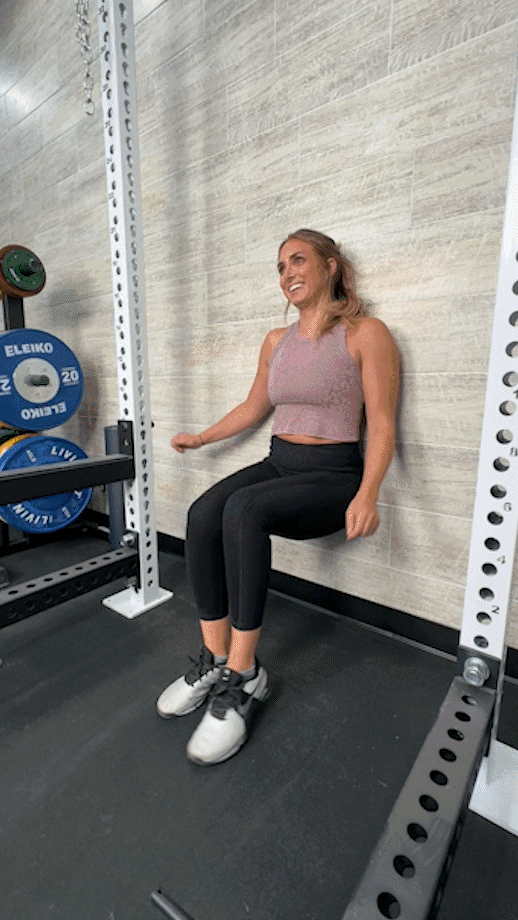
Wall Sit with Biceps Curl
Why do it: It’s a biceps curl; need I say more? Because you’re in the weighted wall sit position, it’s more of a strict curl which helps put more tension on your biceps.
How to do it:
- Lean up against a wall and get the back of your head and upper and lower back against the wall.
- Holding a pair of dumbbells in neutral, slide down the wall with your spine in neutral until your quads are parallel to the floor.
- Adjust your feet and knees until your knees form a 90-degree angle.
- With the back of your arms against the wall, perform a biceps curl until they are fully flexed.
- Perform the desired reps and then slide back to the starting position.
RELATED: Dumbbell Curl Variations
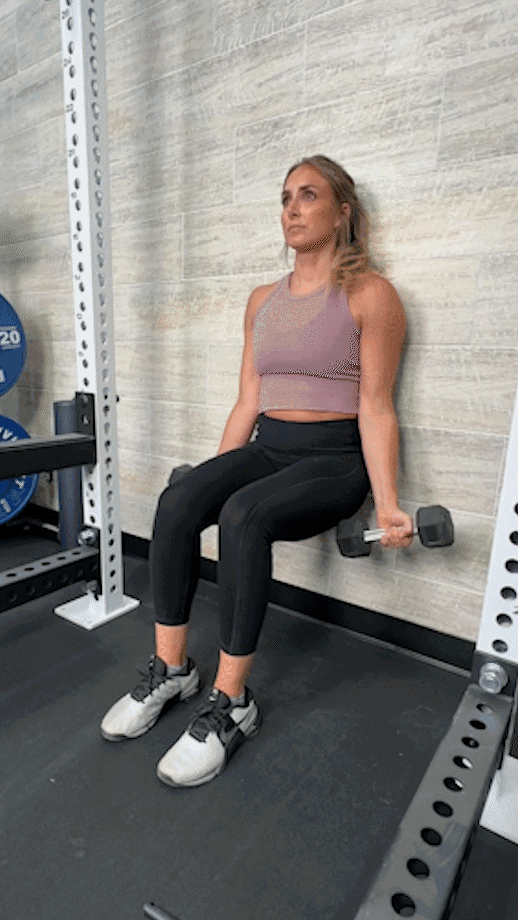
Wall Sit with Lateral Raise
Why do it: With the wall sit lateral raise combination, you’ll work more muscles, especially the lateral deltoids, while providing extra load for your quads.
How to do it:
- Lean up against a wall and ensure the back of your head, upper back, and lower back are against the wall.
- With light dumbbells in your hands, slide down the wall with your spine in neutral until your quadriceps are parallel to the ground.
- Adjust your feet and knees until your knees form a 90-degree angle.
- With your arms by your side, perform a lateral raise until the dumbbells reach shoulder height.
- Slowly lower back to the starting position and repeat for desired reps.
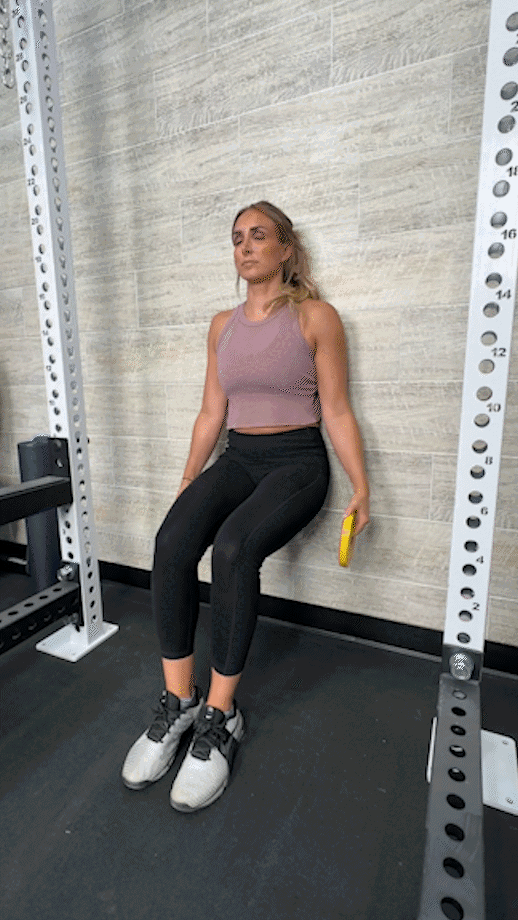
FAQs: Wall Sit Exercise
What are the benefits of wall sit exercise?
The wall sit exercise is accessible for the beginner to the advanced exerciser; it is easily progressed and has an excellent squat variation during periods of lower back pain.
How long should you do wall sits?
When you’re a strength training beginner, a good goal to work up to is 30-second wall sits, and once you reach that, work within the 30-second to the two-minute range, adding a few seconds each time you perform it.
Is a 2-minute wall sit good?
When you can hold a wall sit for two minutes or more, you have excellent muscular endurance and body strength and have improved your mental toughness. So, maintaining a wall sit for two minutes is better than good; it is excellent.
Do wall sits burn belly fat?
Wall sits because of the extended time under tension for the core, and quads will assist in burning belly fat. But the king of burning belly fat, or any fat, is a caloric deficit and performing a full-body workout.




